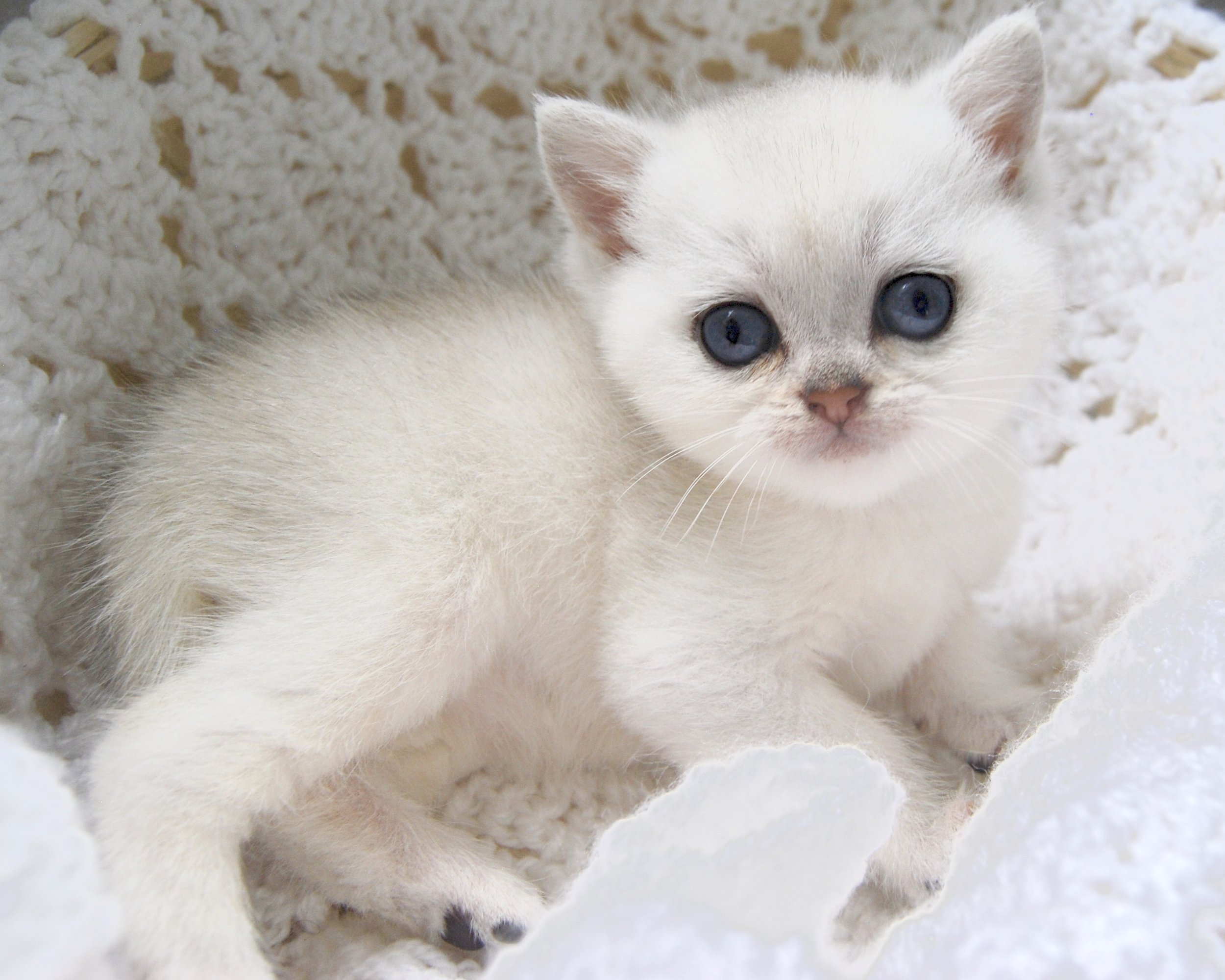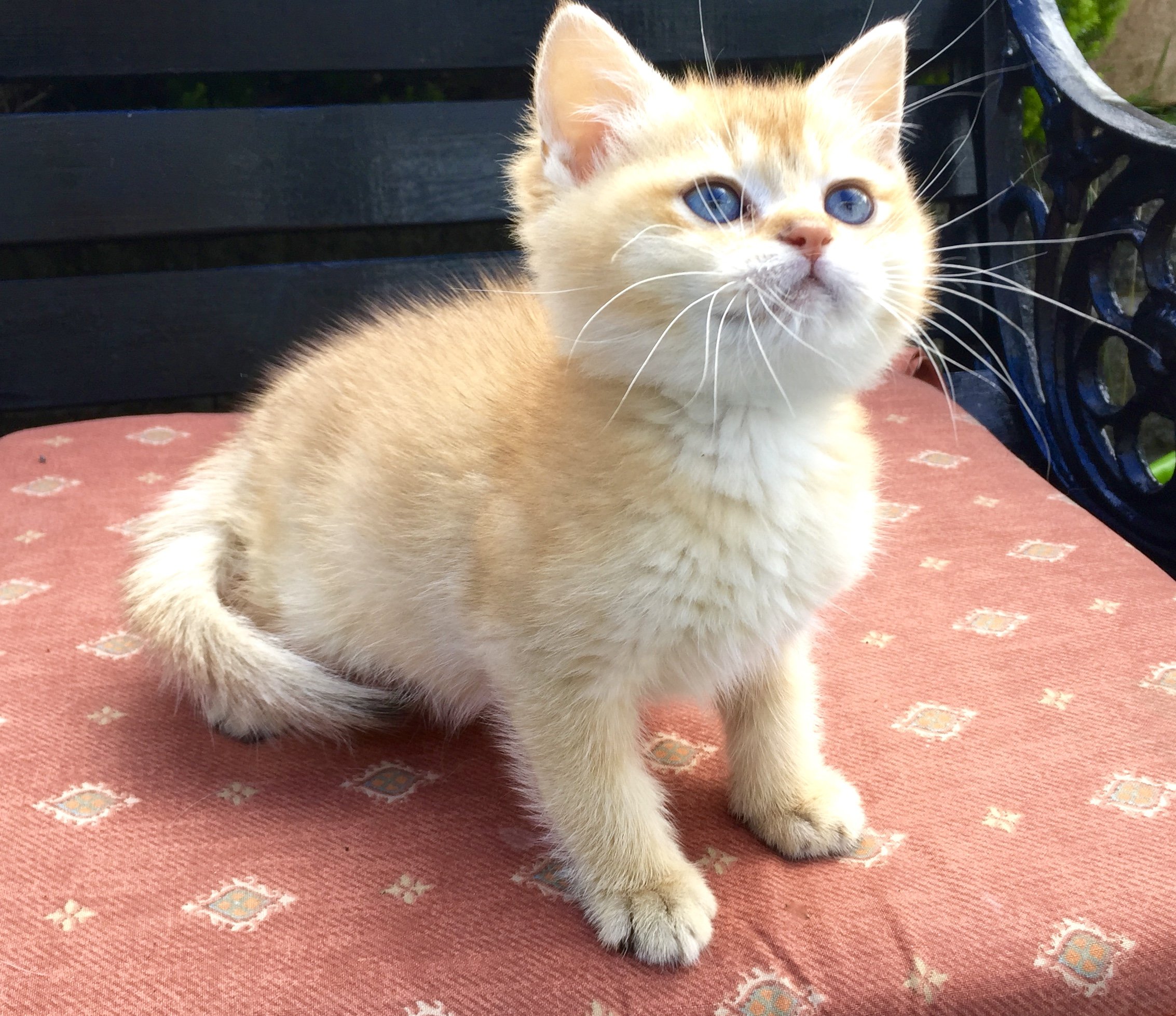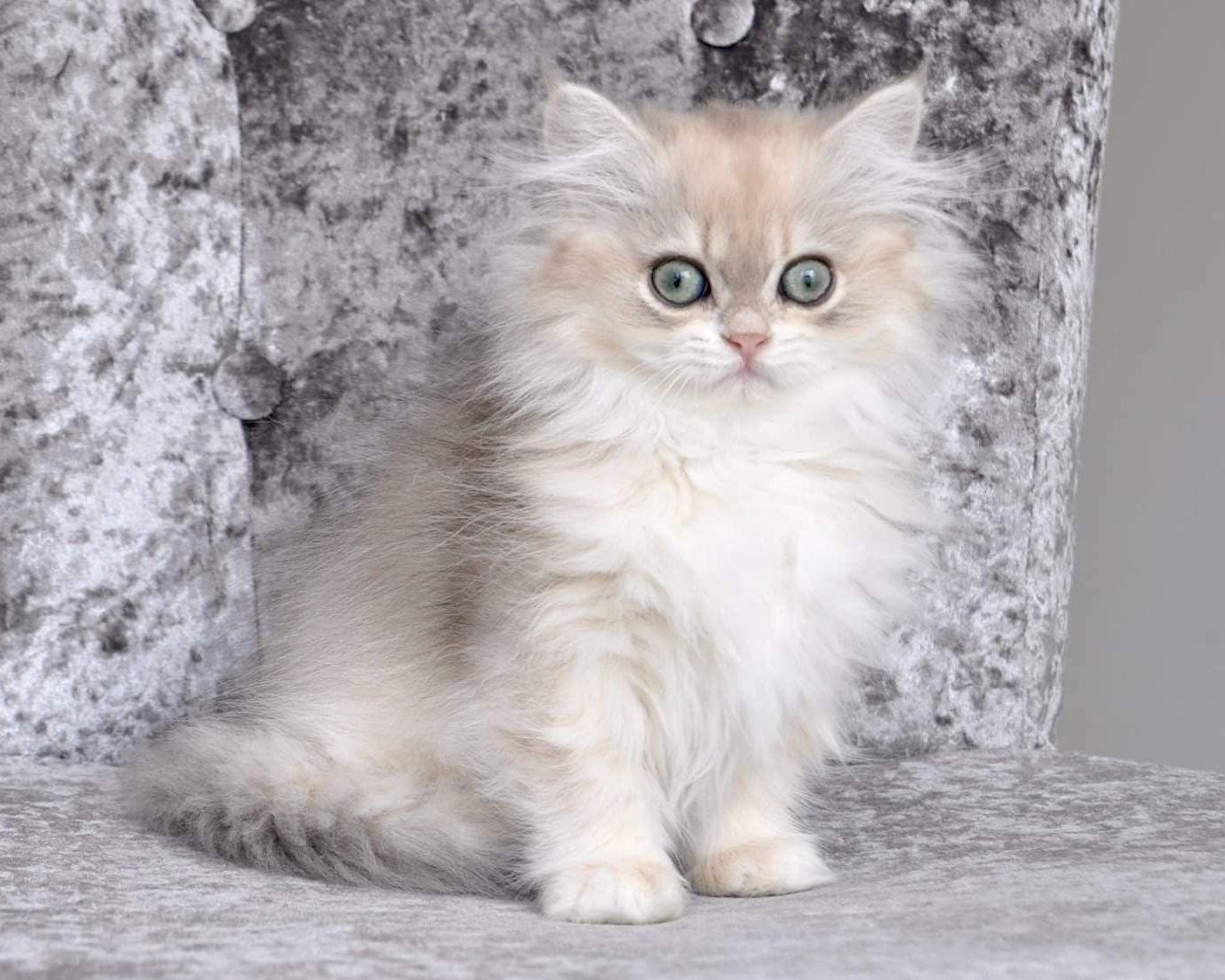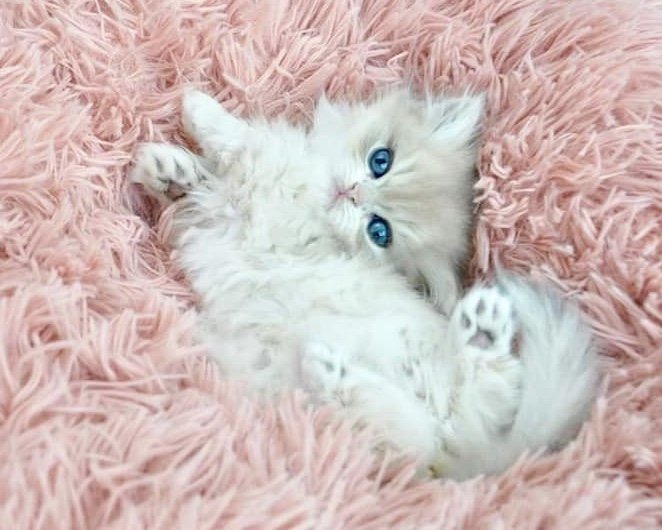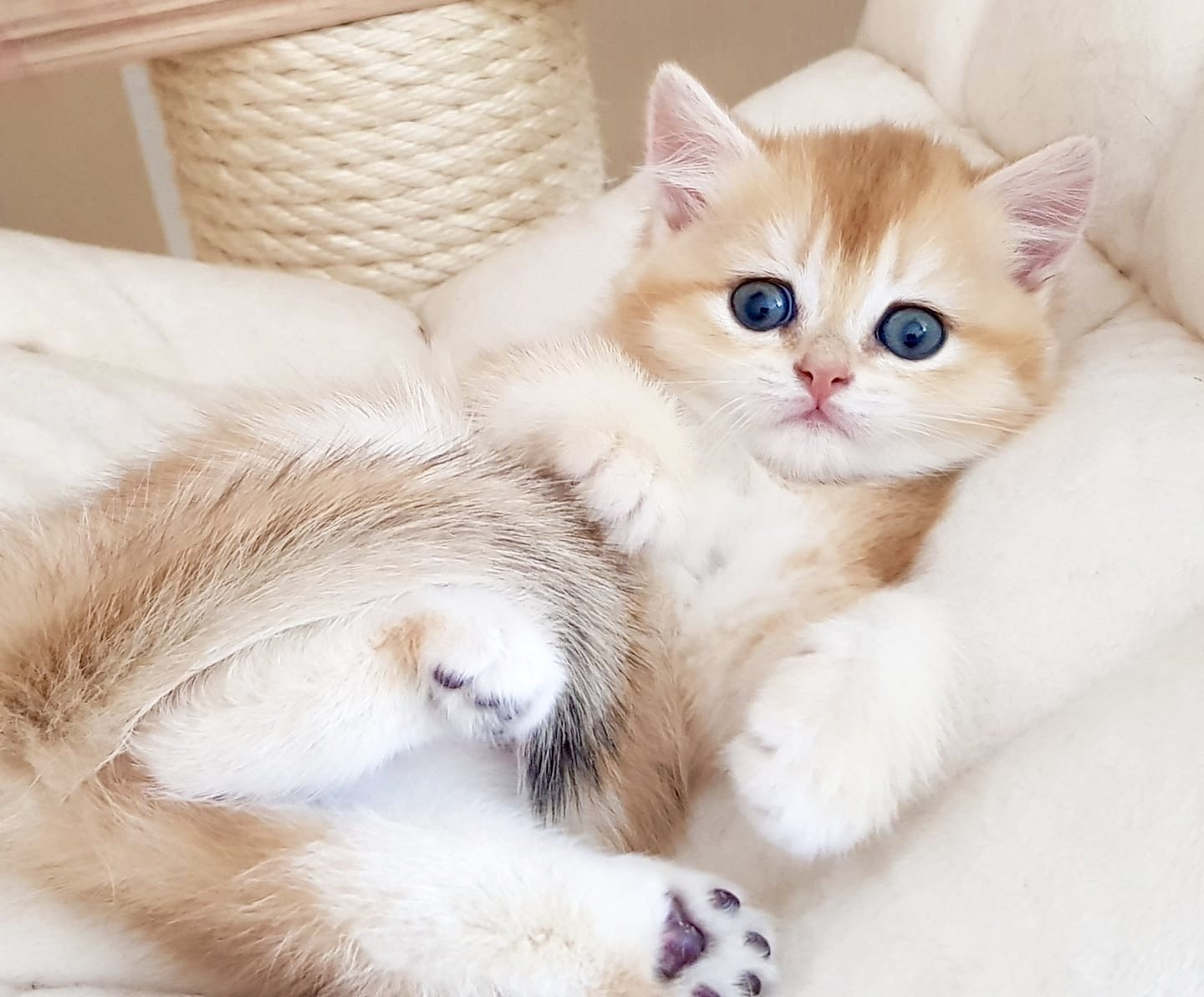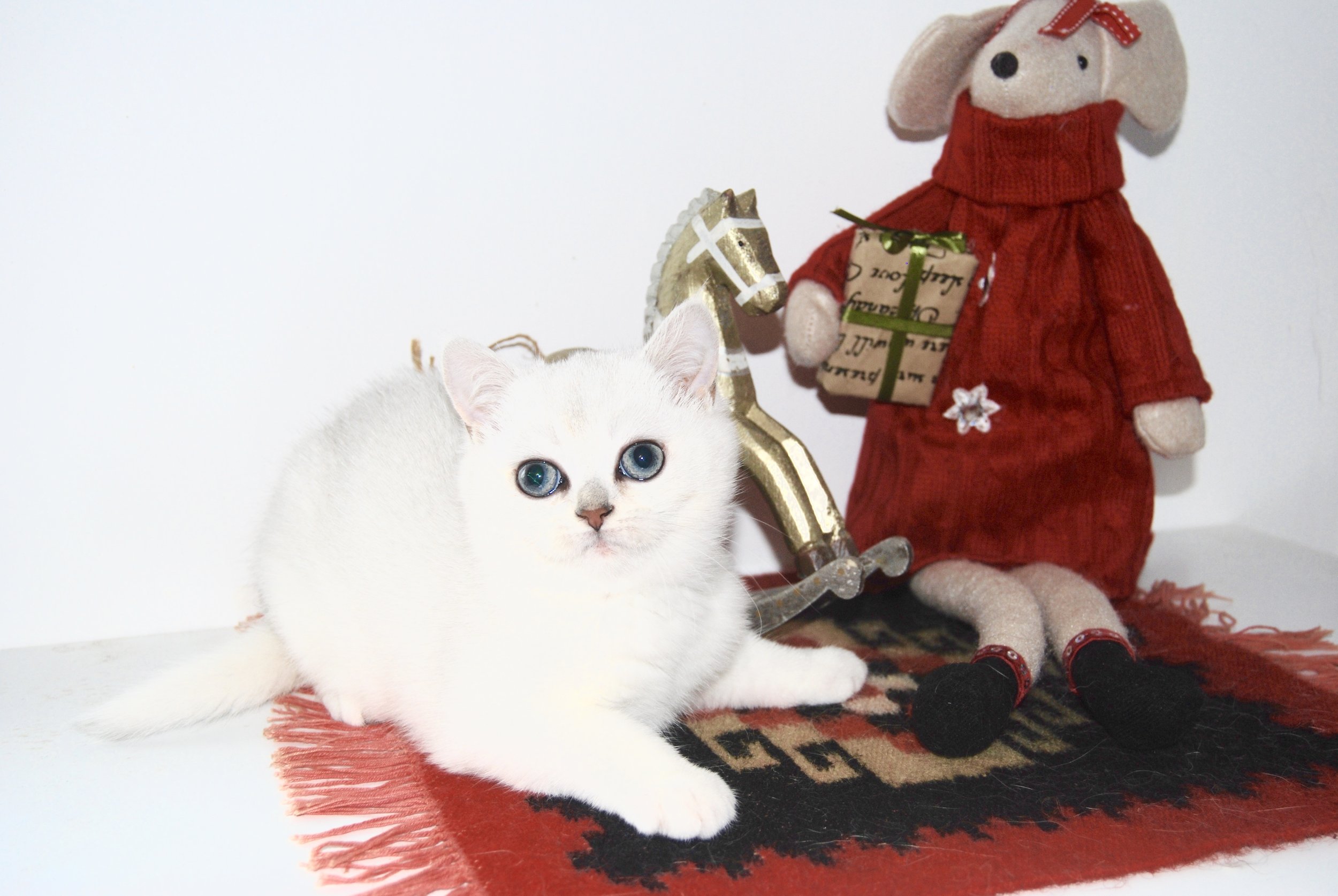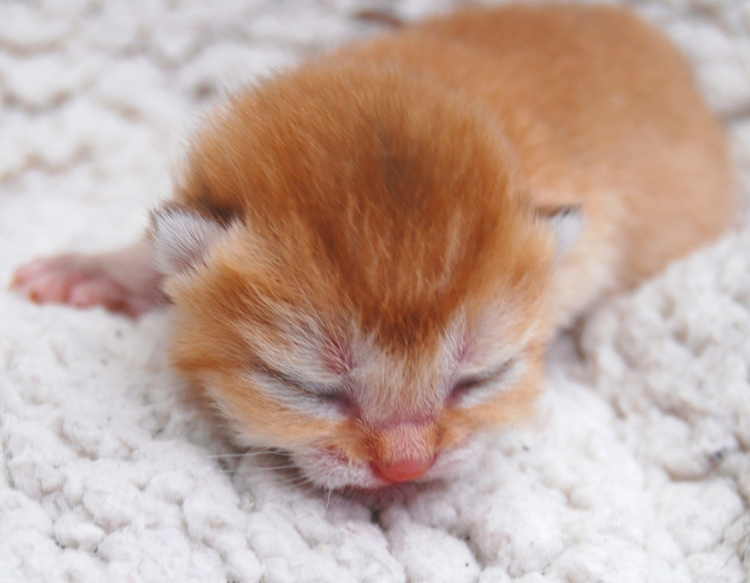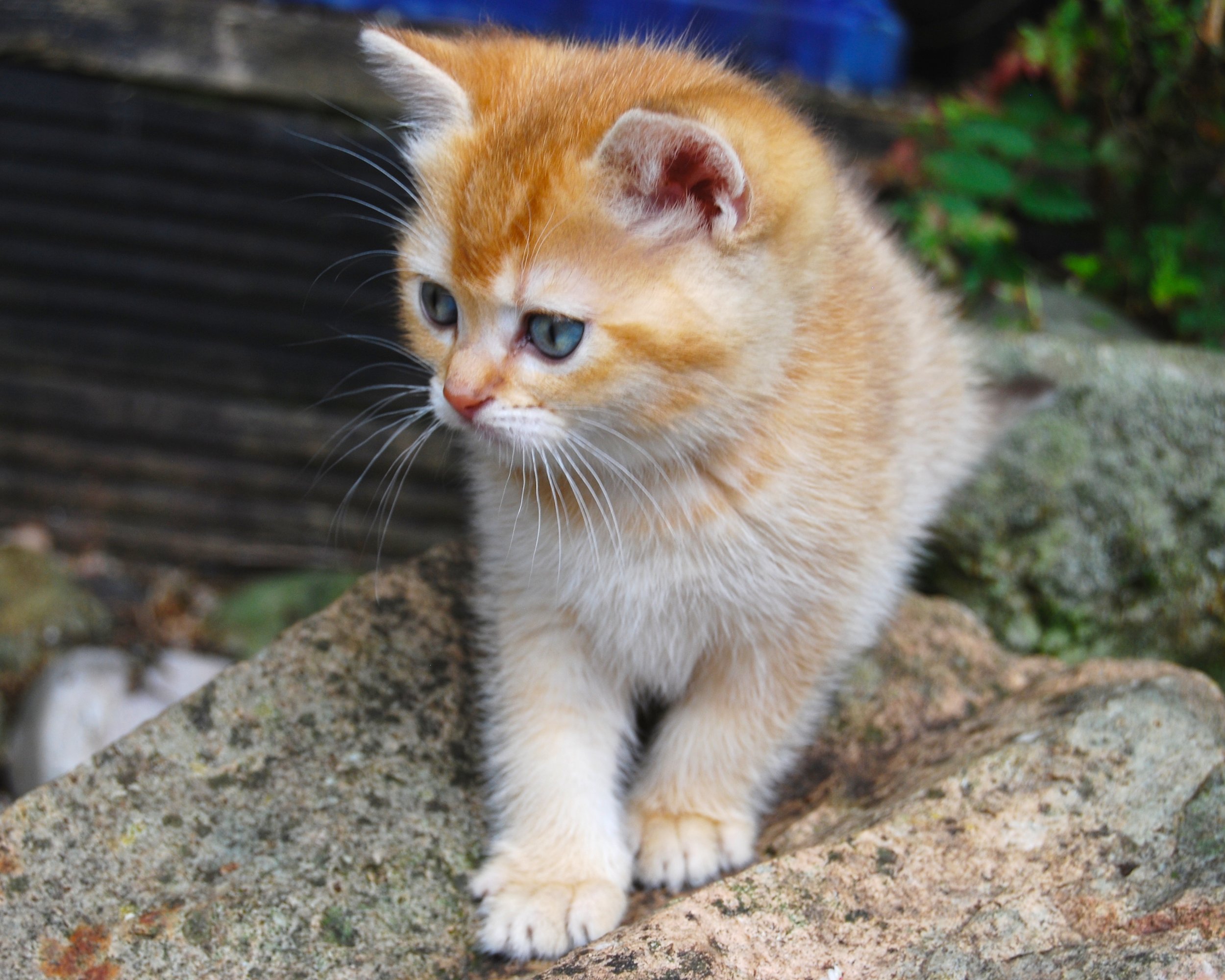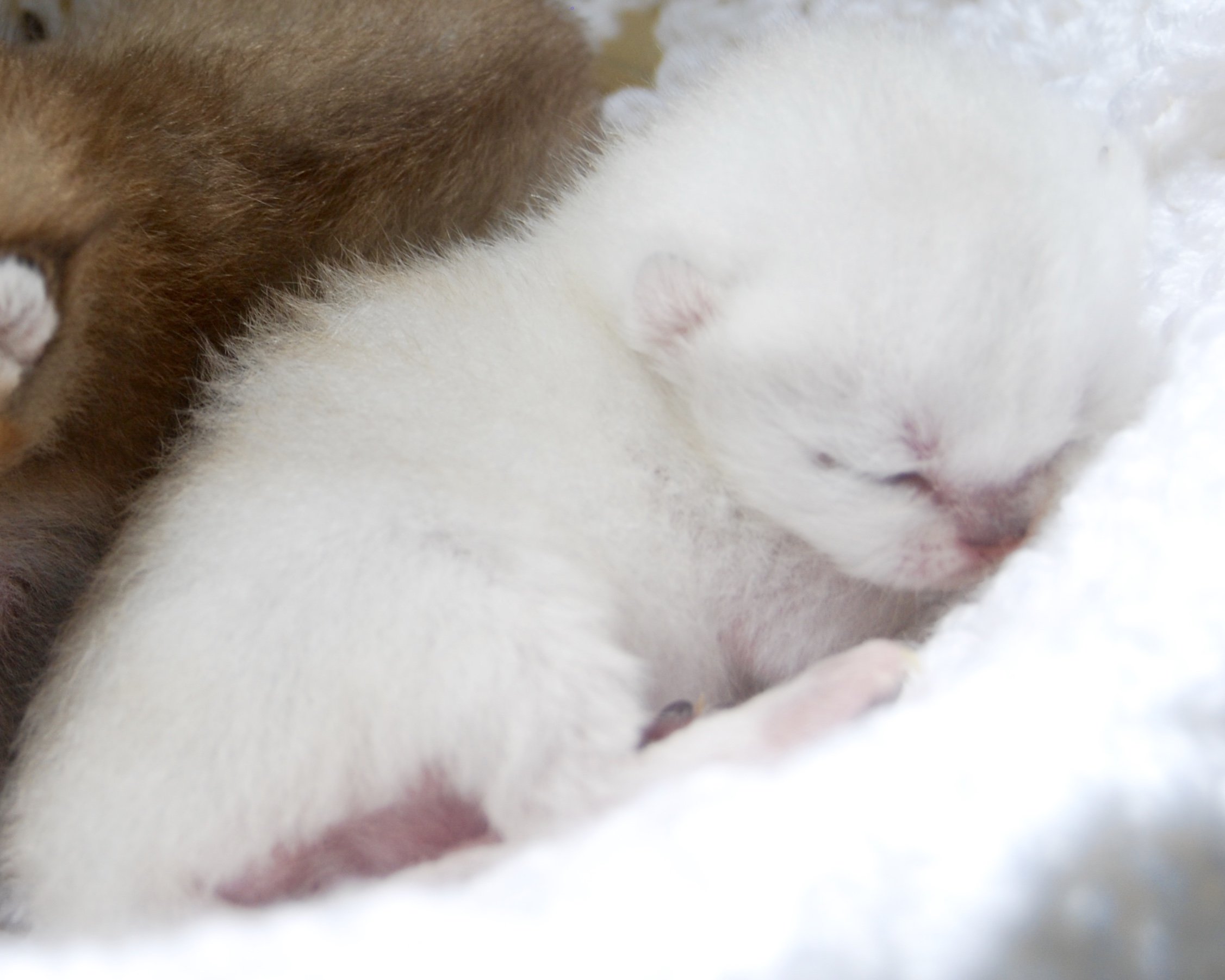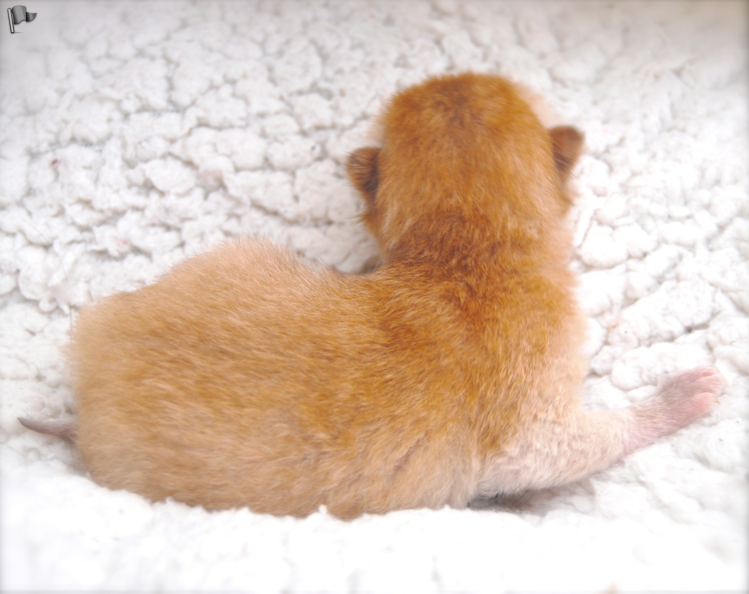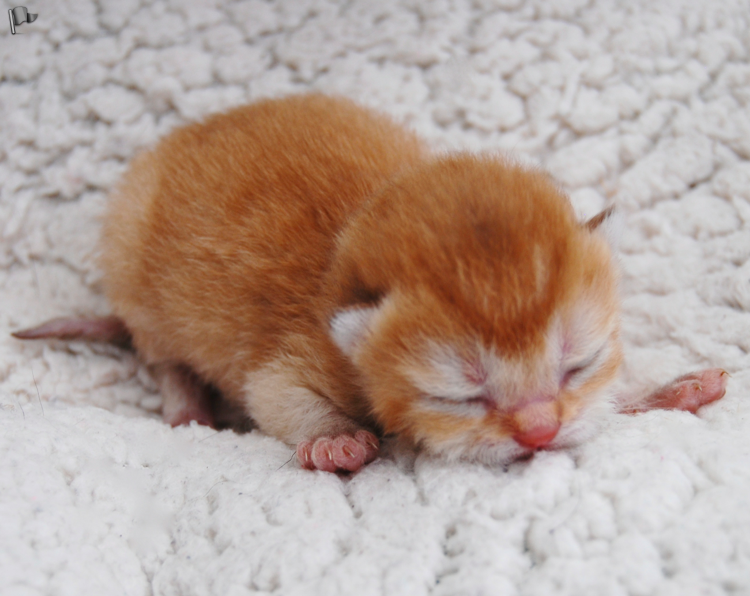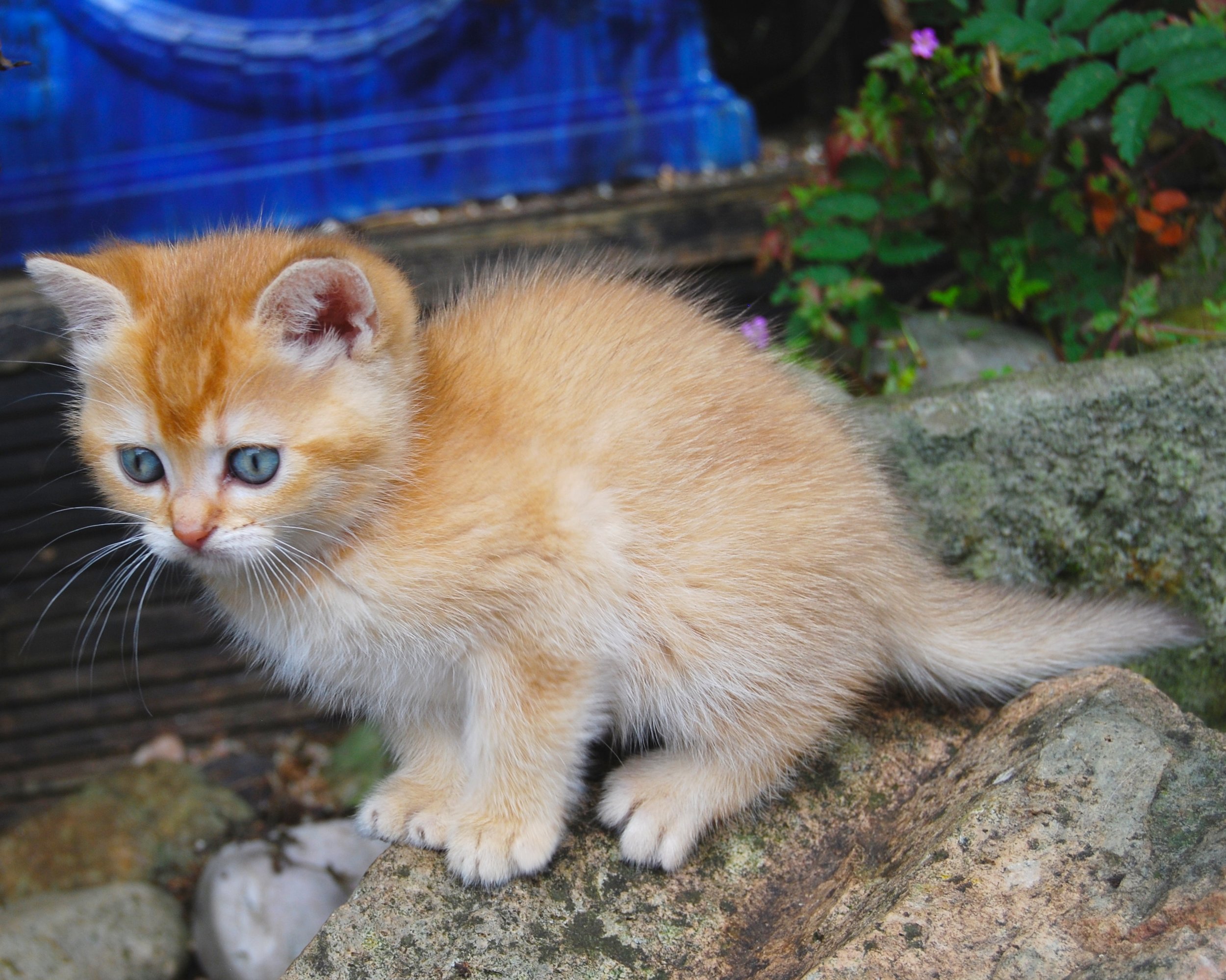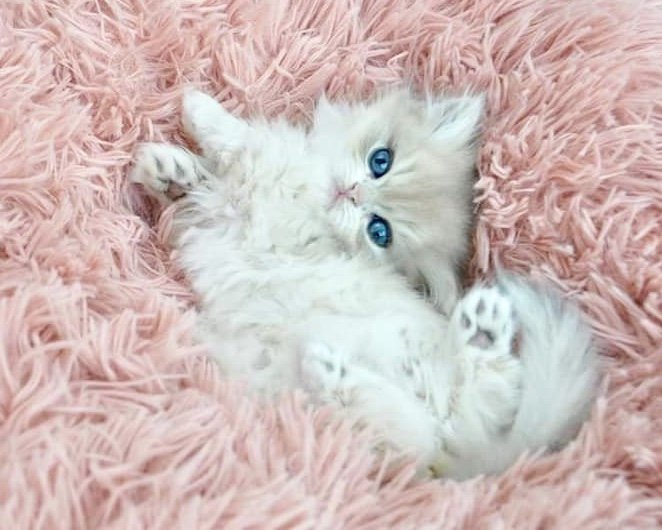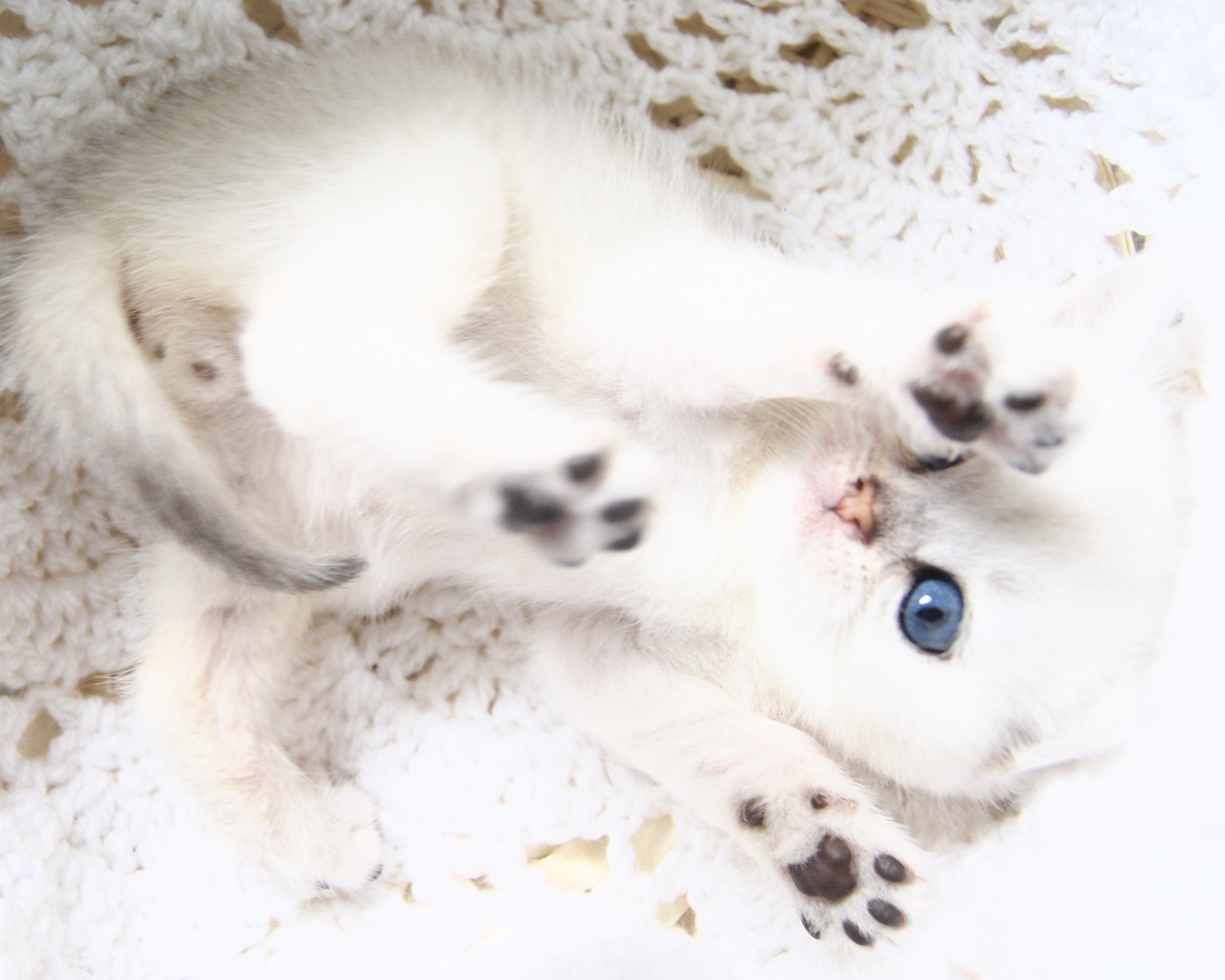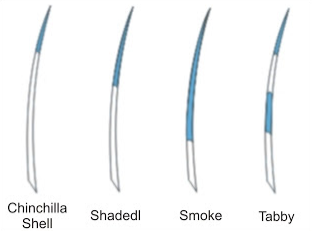What is the Copper colour?
An emergence of bleaching tones termed Copper and now Copper Silver (sometimes referred to as Sunshine) in cats has surfaced from selective breeding.
We have a few litters now with this mutation across three generations. These litters display both the CORIN Copper Gold and the lightened CORIN Copper Silver range. This is a different gene to the our other British Classic Golden & Silver Tipped cats.
At Belle Ayr Cats we have been able to trace how the CORIN Copper gene is genetically carried and can act as a recessive gene. The attached document shows how the CORIN Copper gene is carried, using some of our cats and kittens as examples.
Belle Ayr Cats contributed samples to the research project and is continuing to work with Professor Abitbo on research into the rare lightened Sunshine variation present in our lines.
The Corin Copper Gold & Silver radiant coats are extremely rare, highly sought after and prized.
They are highly sought after worldwide and are prized to the connoisseur.
What it Looks Like
The Golden kittens are born radiant orange - it is vibrant and luminous. Silver kittens are born with white fur around their paw pads. At birth, you should be able to see the dark tipping on the tail and back, light white fur will be visible on the nose, chin & paw pads.
More examples of these radiant coats can be seen on our Coat Colours page.
The tipping is restricted to only the tip of the tail and virtually invisible on the ears, It MUST be visible. The top of the coat is clear of any stripped markings and the underbelly, chin, nose and paws are lighter near white in tone.
In the adult Silver, there will only be slight visibility of the black tipping along the tail, ears tips and the paw pads remain snow white - the cat should look white with only a sprinkling of dark tipping 1/5 of the tips. In the golden the tipping is only visible at the tip of the tail, 1/5 of the tips of the fur along the ears and hardly visible on the back. If the fur around the paw pads is dark in colour, along the paw hock and the tummy is not light cream or white - it is not Shell.
Technical Information
What about Rare EMS code 12?
The Corin Copper Golden, has difference references, in some clubs it’s referenced as Shell or Code 12.
It’s also described as extreme chinchilla with 'ultra-wideband'.
NEW Coat Colour Variant Gold WbBSH ( COPPER )
Belle Ayr Cats contributed samples to the research project and is continuing to work with Professor Abitbo on research into the rare lightened sunshine variation present in our lines.
Scientific studies have found a correlation between the mutation and the coat colour variant Gold in the following breeds: British Shorthair. There is now a Test to confirm the Coat Colour Variant Gold ( Copper ), the test detects the alleles N and wbBSH (Gold). Allelic series: N dominant over wbBSH. Test Name: 8522 Coat Colour Variant Gold ( Copper ), by Laboklin.
Cats that are Copper
Genotype: wbBSH/wbBSH
They are homozygous for the wbBSH-allele. Which means both parents are either wbBSH or carry wbBSH.
Cats that are not Copper but carry Copper
Genotype: N/wbBSH
They are heterozygous for the N- and wbBSH-allele. Which means either both parents carry wbBSH or one parent is wbBSH.
Club Recognition
A LOT OF CONFUSION EXISTS
TICA does not yet recognise in the show ring the Copper or the Copper lightning phenotype variants. Pedigree registration can be described with the term CORIN Gold.
While Fife does not recognise code 12, it is described as 11 on the Pedigrees, look out for the top of the coat - a true 12 will have very light tipping on the coat along its back.
A Golden Cat that’s ny12 is ny11 on FiFe pedigrees (In some clubs pointed cats are registered as ny1233 or ny1133)
A Silver Cat that’s ns12 is ns11 on FiFe pedigrees (In some clubs pointed cats are registered as ns1233 or ns1133)
While in TICA some Copper cats are described as Golden Shaded, or CORIN Gold. However neither confirm if that cat actually carries the new mutation of the gene that creates the copper appearance.
It’s the experienced eye and knowledge that cat recognise a Copper cat from a Standard Classic Gold cat. The same principles apply to Chocolate, Cinnamon, Lilac, Blue Golden & Silver - however, it is harder to distinguish and only at 4-5 months can one be certain.
The hierarchical order: Ticked(25)> Shaded(11)> Shell(12)
The Genetics
What makes the Shaded and tipped (shell/chinchilla) is derived from the dominant Inhibitor gene (silver) + presence of Wide Band (wb++) + the Ticked Tabby pattern. In silver cats the dominant Inhibitor is present. In golden cats, the dominant Inhibitor is absent.
Golden chinchilla (ny11/12) - i/i, Ti/-, Wb/Wb
Golden shell (ny12) - i/i, Ti/-, Wb/-
Silver chinchilla (ns11) - I/-, Ti/-, Wb/Wb
Silver shell (ns12) - I/-, Ti/-, Wb/-
Hierarchical Order : No wb>Wb>Wb+>Wb++
No wideband = Ticked cats ny25
Wb (normal) = shaded ny11
Wb+ (intermediate) = Chinchilla/Shell
Wb++ (greater) = Tipped marking vanish exept for tail (extreme chinchilla and Copper in Golden Cats)
Hierarchical Order: Classic Gold>Copper Gold>Silver ‘Sunshine’
I personally find the tipping (11) the feature that distinguishes the breed colour from other Breeds. It's a hallmark of uniqueness the lighten (12) has rendered the availability of quality Ticked (25) & Tipped (11) Golden British Cats more scarce... once you go down into the polygenes of 11 & 12 it's not possible to go back up to the 25.
